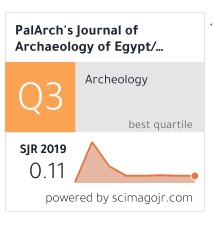PRESERVING THE DIVERSITY OF TRADITIONAL DANCES IN MALAYSIA THROUGH APPRECIATION OF THE ART OF EARLY CHILDHOOD EDUCATION
Abstract
The Malay is one of the Austronesian ethnic groups which has maintained its Austronesian
heritage until now. Austronesian cultures between these regions have in common. Through the
results of this study, it aims to describe the variant of traditional Malay dances in Malaysia, by
increasing awareness in preserving culture, in accordance with the traditions and special local
characteristics of the Malay state. Education for the younger generation of Malays teaches that
cultural diversity must be recognized as a valuable treasure, and the culture of their country needs
to be preserved. This is a qualitative ethnographic study, where ethnographic studies are usually
about social communities, beliefs, religions, and traditions, including traditional dances. This
research was conducted in Shah Alam, Malaysia. The research data were collected using field
observations as one of the methods, then open and in-depth interviews were also conducted with
direct interaction with the community concerned. The findings of this study imply that Malaysia
has 7 variants of traditional Malay dances with different characteristics. And the 7 dances are also
the result of art performances performed by students.
Downloads
Downloads
Published
Versions
- 2020-11-30 (2)
- 2020-11-29 (1)



